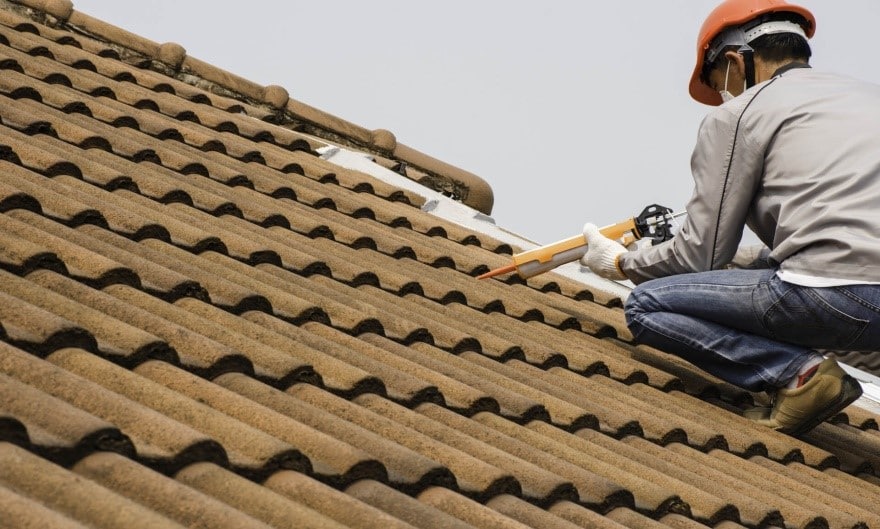What Exactly Is Roof Maintenance?
Roof maintenance involves a variety of tasks. And residential and commercial building owners must conduct the task regularly to extend the roofing life. In the long run, if you neglect your roof, you’ll pay for it through repair fees or a complete roof replacement.
As a general rule, roof maintenance consists of the following:
-
-
- General roof repair
- Roof inspection
- Gutter cleaning
- Debris removal
- Mold removal
-
However, these are only a handful of the many tasks that fall under the maintenance category. Get in touch with us to learn more about our in-depth roof maintenance plan.
Why Is Roof Maintenance Essential?
Maintaining your residential and commercial roof is essential, so you don’t have to pay for expensive repairs or a complete roof replacement. In the long term, it’s cheaper to keep up with essential maintenance. You may conduct part of the upkeep on your own at home. However, it is advisable to engage the service of a Dallas professional roofer if you are unsure of their abilities or lack the proper tools for the job. Generally, roof maintenance is essential to:
-
-
- prevent future harm,
- maintain the structural integrity of the roof.
- For signs of deterioration.
-
Hence, these advantages are critical to the long-term health of your home’s structure. Your whole property might be at risk if your roof is damaged. So, it is essential to keep your roof in good condition regularly.
When Is It Necessary to Schedule Roof Maintenance?
What Can Be Included In A Roof Maintenance Checklist?
Using a roof maintenance checklist might help you keep track of everything that needs to be checked. If you need to file a claim with your insurance provider or warranty company, the completed checklists you have will also indicate that adequate maintenance was performed. Here are a few items that should be included in your roof maintenance checklist.
Internal Signs of Roof Damage
Look for mold, mildew, leaks, water stains, and peeling paint on the building’s inside before venturing to the top. When inspecting the roof, keep an eye out for any potential problems. Consider that leaks may spread through a structure; thus, the source of damage may not be immediately above it. On roofs holding heavy equipment, you may also want to examine trusses and beams for evidence of structural stress, such as cracking, rot, or rust.
Check for cleanliness
Watch out for any sign of dirt and debris collected on the roof. If not, this debris can cause a clogged drain, and roofs can rot or disintegrate early. Also, tree branches may damage roof membranes and other materials.
Inspect the roof’s surface
Observe for symptoms of wear and tear or deterioration. Low spots on a flat roof are one of the most obvious warning signs since they are prone to collecting water. So, take careful notice of the membrane for any signs of blistering, cracking, tearing or holes, abrasions, or deep scratches. Ensure the gravel layer is level and there are no bare places on the gravel-topped roof.
In addition, when inspecting roofs made of metal, look for signs of corrosion and panels that are either loose or broken. You must check your roof for loose, missing, or broken tiles and shingles. Also, take your time to observe the presence of any fungus or moss on the roof’s surface. Their presence may harm roofing surfaces.
Flashings
For rooftop skylights, you’ll need to pay additional attention to the regions where flashing is essential. The roof should not be peeling away or have any holes. This might indicate that your roof membrane is leaking or badly damaged. This is also a good spot to look for mold.
Drainage Cleaning
Clogged drains are evident by moss growth, watermarks, and mold. So, always clean the gutters regularly. Also, inspect the flashings and seals for signs of deterioration or corrosion. These must be dealt with right away.
Old Repairs
Previous fixes frequently fail first, mainly if done by an inexperienced practitioner. Make a distinct entry in your roof maintenance checklist for every old repair. This will ensure that subsequent inspectors know strictly what to look for. Also, check to see whether the prior problem has been resolved and that everything is operating as it should be.

